DIY Indoor Green Salad Garden With LED Lights

In Spring 2020 when the Covid pandemic loomed, local stores ran out of fresh produce in our area … except (of course) radicchio! Fortunately, we never ran out at home because we have a garden indoors under LED lights. See our longer video here for lots more details about how we grow our salads and greens, and where we found our LED lights, trays, and shelves.
We now grow a continuous supply of fresh salad greens every day at home. Here's how.
This is a typical salad we grew made with basil, pea shoots, broccoli, kale, lettuce, and sunflower greens. A salad like this costs as low as 5¢ a serving when you grow them under LED lights as we do.
Here's a short list of what we use: A) LED shop lights 5000 Lumen Daylight bulbs; B) restaurant shelves with an epoxy coating to prevent rust, and that are deep and wide enough to hold plant trays and lamps; C) a power strip and timer. We've listed an all-in-one unit in the supplies list; D) sturdy plant trays; and, E) premium potting soil. We also add perlite or vermiculite and sometimes top dress our trays with peat moss to prevent mold.
You can grow food indoors starting with just one LED shop light. We discovered these lamps when our begonias bloomed all winter when we stored them under one of these lights. Now we have eight — two on each 48" wide shelf.
The lamps come with chain and S-Hook hangers. With the this kind of shelving, these lamps are easy to hook in place and begin using immediately. We run our lamps 20 hours a day and they are very efficient and inexpensive, working automatically on a timer.
There are lots of sources for bulk seeds. You'll only need a few spoonfuls each time you plant. We keep our seeded trays stacked in the dark then bring them out on day three to put under the lights. Some seeds will need more time to sprout. Some like peas may sprout overnight, while others like celery could take weeks including some pre-soaking.
Here is a close up of 3-day old blue kale. Our schedule is to plant 1-2 trays per person, twice a week.
Here are the same seedlings on day six. You can cut a handful of these seedlings with scissors at this stage and they will grow back, getting a bit larger each time with secondary leaves.
You'll find lots of information about indoor gardening online. It takes a bit of practice and research, but once you are on a schedule you'll have no need to worry about food shortages or doing without fresh, nutrient rich foods.
AND … the flavor of these salads is amazing! We hope that our longer video will help you set up your own indoor garden. More photos and tips are here.
Enjoyed the project?

Comments
Join the conversation
-
 Susan Grekso
on Sep 17, 2020
Susan Grekso
on Sep 17, 2020
Great idea
-
-
 Farhan Sheikh
on Apr 18, 2021
Farhan Sheikh
on Apr 18, 2021
Excellent work!
-



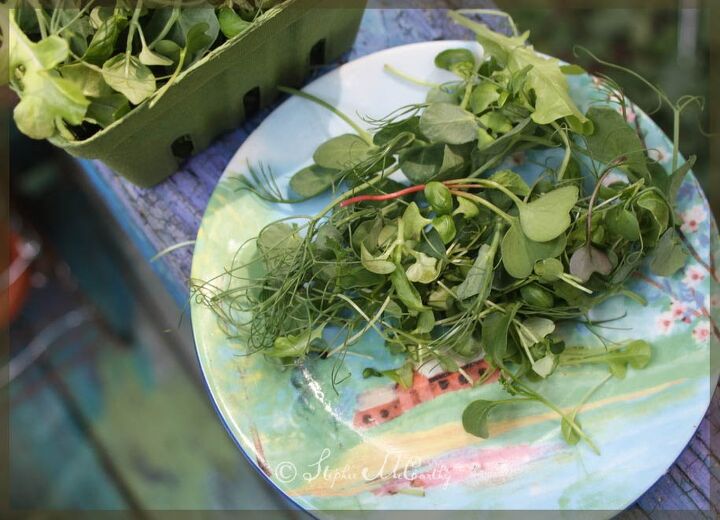













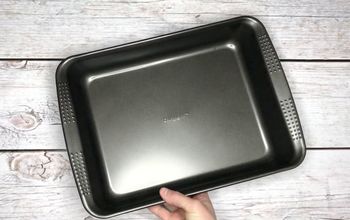
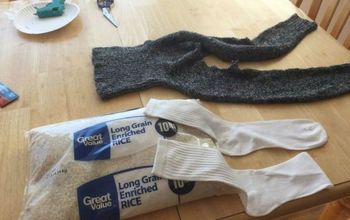







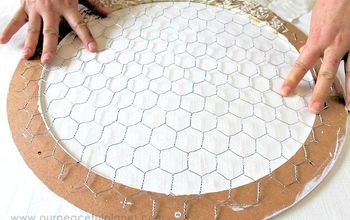
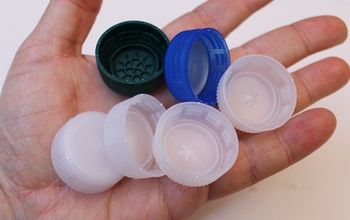





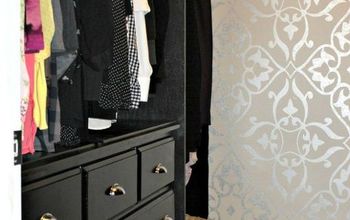

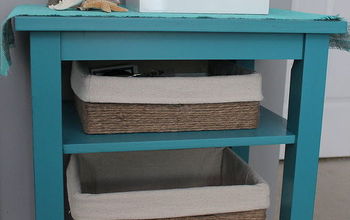

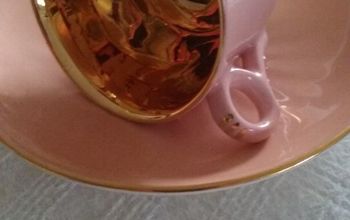
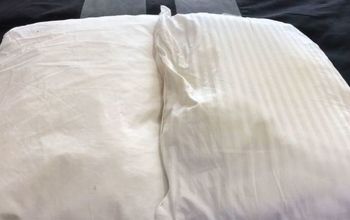
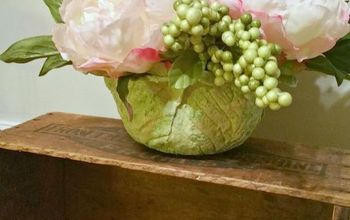
Frequently asked questions
Have a question about this project?